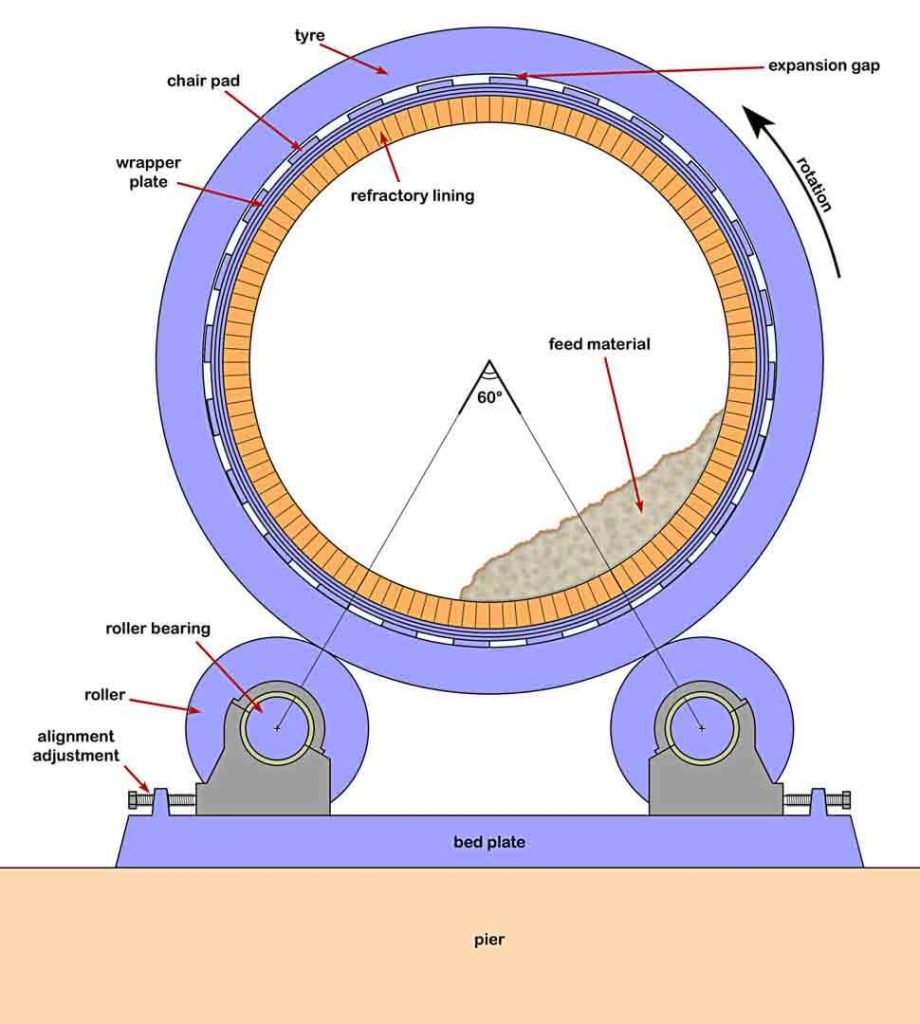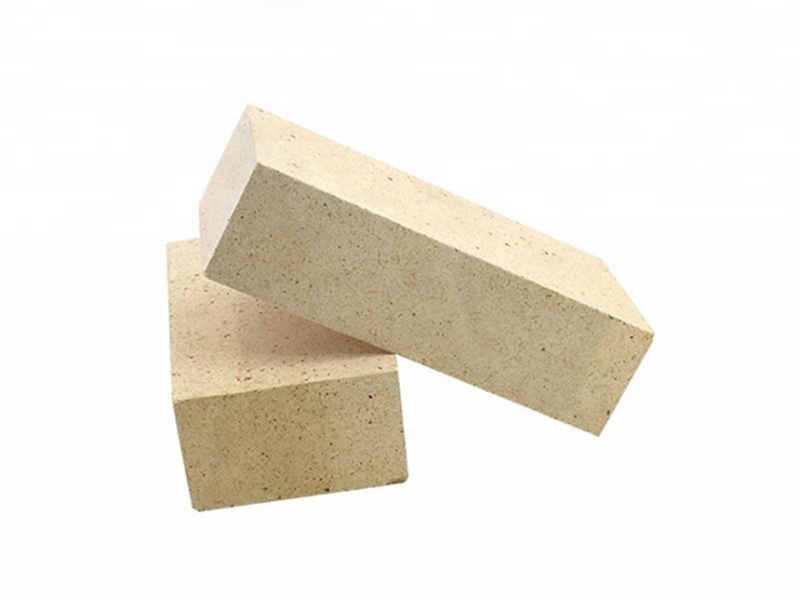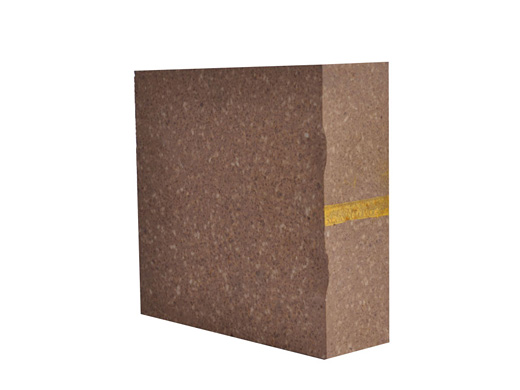News detail
Selection of refractory materials for cement rotary kiln hood
The refractory materials used for rotary kiln hood usually include low cement high alumina refractory castables, mullite castables, high alumina bricks, phosphate bonded high alumina bricks, calcium silicate boards, etc.

Working environment analysis
The kiln hood of cement rotary kiln is the key part connecting the rotary kiln cylinder and the cooler. It is subjected to a variety of harsh conditions such as high temperature, dust scouring, temperature changes, etc. The clinker temperature in the kiln is usually around 1300-1450℃, and during the production process, a large amount of hot air will pass through the kiln hood, and the hot air will also be mixed with clinker particles, which will have a scouring effect on the refractory material. At the same time, the start-up and shutdown process of the kiln will cause a sharp change in temperature and generate thermal stress.
Refractory performance requirements
High temperature resistance: It must be able to withstand the high temperature environment in the kiln hood, and the refractoriness of the refractory material is generally required to be not less than 1700℃. For example, the refractoriness of corundum refractory materials can reach above 1800℃, which can adapt well to the high temperature of the kiln hood.
Thermal shock resistance: Due to the frequent temperature changes of the kiln hood, the refractory materials need to have good thermal shock resistance. For example, silicon carbide refractory materials have a relatively low thermal expansion coefficient. When the temperature changes sharply, the thermal stress generated is small, which can effectively resist thermal shock.
Wear resistance: It is necessary to resist the erosion of clinker particles and hot air flow. High-alumina refractory bricks have high hardness and wear resistance, which can resist this erosion to a certain extent.
Chemical stability: At high temperatures, the gas composition in the kiln hood is complex and may contain alkaline substances. Refractory materials need to have good chemical stability to prevent damage due to chemical reactions with these substances. For example, magnesium-aluminum spinel refractory materials have good resistance to alkaline substances.
Common types and characteristics of refractory materials
High-alumina refractory materials

Composition and structure: The main component is alumina (Al₂O₃), and the content is generally between 48% and 90%. High-alumina bricks are composed of mullite (3Al₂O₃・2SiO₂) and corundum (Al₂O₃) crystal phases. The mullite phase can improve the high-temperature strength and thermal shock resistance of the material, while the corundum phase enhances the wear resistance and refractoriness.
Performance advantages: High refractoriness, generally between 1770-1790℃; good thermal shock resistance, able to withstand a certain degree of temperature changes; relatively reasonable price, with certain advantages in cost.
Application range: Suitable for parts where the temperature of the kiln head hood is relatively not particularly high and there are certain requirements for wear resistance and thermal shock resistance, such as the edge area of the kiln head hood.
Silicon carbide refractory materials
![]()
Composition and structure: The main component is silicon carbide (SiC), which is a covalently bonded compound with high hardness. Its crystal structure is hexagonal, which makes silicon carbide have good thermal conductivity and mechanical properties.
Performance advantages: It has excellent thermal shock resistance, high thermal conductivity, can quickly conduct heat and reduce the accumulation of thermal stress; excellent wear resistance, can effectively resist the scouring of clinker particles; good oxidation resistance, can maintain good stability at high temperatures.
Application range: It is suitable for parts with drastic temperature changes and severe scouring in the kiln head hood, such as near the side of the cooler, and can well cope with the impact of hot air flow and clinker particles.
Magnesium-aluminum spinel refractory material

Composition and structure: It is mainly composed of magnesium-aluminum spinel (MgAl₂O₄), which is a cubic crystal compound. Magnesium-aluminum spinel has good stability at high temperatures, and its crystal structure can resist chemical erosion.
Performance advantages: good chemical stability, strong resistance to alkaline substances, and can maintain structural integrity in a hot air flow environment containing alkaline components; high refractoriness, able to withstand high temperatures in the kiln head hood; good thermal shock resistance, able to adapt to temperature fluctuations.
Scope of application: Applicable to areas in the kiln head hood that may be exposed to more alkaline substances, such as the kiln head hood in some cement production processes that use special raw materials and result in high alkaline components in the kiln gas.
Comprehensive considerations for the selection of refractory materials
Working conditions of the kiln: If the kiln has a large output and a fast running speed, then the clinker flow in the kiln head hood is large and the hot air flow speed is fast, it is necessary to select refractory materials with better wear resistance and thermal shock resistance, such as silicon carbide refractory materials. If the working conditions of the kiln are relatively mild, high-aluminum refractory materials may meet the requirements.
Cost factors: The prices of different refractory materials vary greatly. The price of high-aluminum refractory materials is relatively low, while the price of silicon carbide and magnesium-aluminum spinel refractory materials is relatively high. On the premise of meeting production requirements, the cost should be comprehensively considered and refractory materials with high cost performance should be selected.
Service life and maintenance difficulty: Choosing refractory materials with long service life can reduce the number of maintenance and maintenance costs. At the same time, the installation and maintenance difficulty of refractory materials should also be considered. For example, some integrally cast refractory materials may be more convenient to repair than refractory bricks, but they have higher requirements for construction technology.


Send inquiry
Please Leave your message you want to know! We will respond to your inquiry within 24 hours!